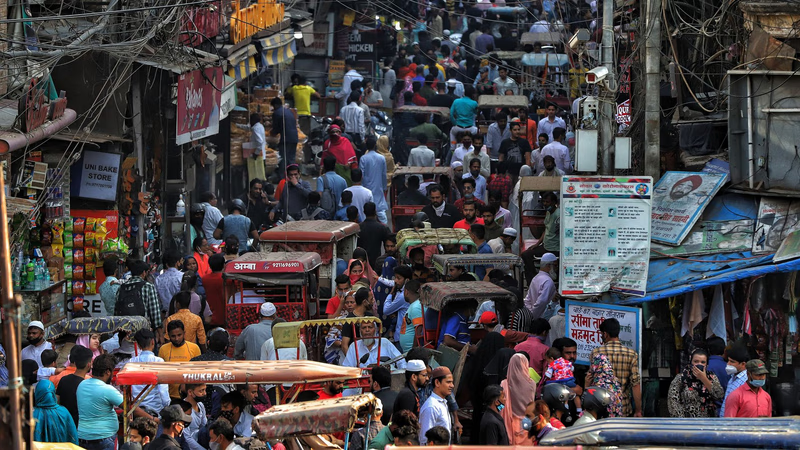
India is located in South Asia and is bordered by China and Nepal to the north, Bangladesh and Myanmar to the east, Sri Lanka to the southeast, Maldives to the south, and Pakistan to the west. India has long coastlines on the Arabian Sea and the Bay of Bengal. India`s climate is diverse and includes temperate, humid, semi-desert and tropical regions. The capital of India is Delhi. India has a federal republic system of government and the president acts as the leader of the country. India is formed as a union of states and is divided into 28 states and 8 territories with autonomous centers based on regional administrative divisions. Some of the important cities in India are: Mumbai, Kolkata, Chennai, Bengaluru, Hyderabad and Chennai. Indian economic system is generally based on market economy.
The currency of India is the Indian Rupee (INR). India is a country with great cultural diversity. Due to India`s long history, this country has housed some different cultures and languages. The official language of India is Hindi, but more than 200 local and minority languages are also spoken throughout the country. India has a prominent place in the history of various religions. The majority of India`s population is Hindu, but Muslim, Sikh, Christian, Buddhist, and Jain populations also live in the country. Education in India is diverse and has many famous universities and institutes of higher education. India has a large and dynamic market and its economy is growing. Various industries such as automotive, information technology, space, telecommunication, financial services, steel, textile, pharmaceutical and food production operate in India. India is one of the world`s largest producers of many products, including clothing, electronic products, cars, machinery, food and agricultural products. India is a member of South Asian Association (SAARC) and Shanghai Cooperation Organization (SCO).
Also, India has large trade agreements with many countries and has a large retail market. India`s largest trading partners include the United States, China, United Arab Emirates, Saudi Arabia, Iran, Singapore, Japan, South Korea and Brazil. Most of India`s income comes from exports of software and information technology services, apparel, engineering services, transportation services, financial services, and service industries. Also, India is the world`s largest producer of pharmacological products (generic drugs), and crude oil and gold are also among the country`s export products.
-
 Steelmangases Pvt Ltd 2 months ago
Steelmangases Pvt Ltd 2 months ago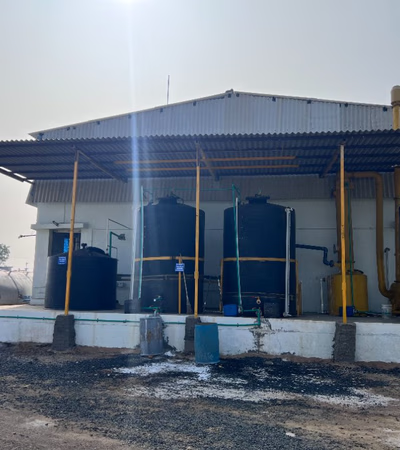 India
Chlorine Gas,Sodium Hypochlorite,Liquor Ammonia / Ammonia Solution
India
Chlorine Gas,Sodium Hypochlorite,Liquor Ammonia / Ammonia Solution
Our quality products are available at competitive prices and you can easily get in touch with us to buy the best products easily. Abbas Vora +91 76...Details
-
 Rakesh Kumar 18 months ago
Rakesh Kumar 18 months ago India
POLYPROPYLENE
India
POLYPROPYLENE
Garuda infrabuild has manufacturing unit in India. We high quality polypropyleneDetails
-
 Dhaval From Q Land Agri World 2 months ago
Dhaval From Q Land Agri World 2 months ago India
Raw peanut kernels and blanched peanut kernels
India
Raw peanut kernels and blanched peanut kernels
Raw Peanuts kernels and blanched peanuts kernelsDetails
-
 Ashish Sheel From Sheel Global Private Limited 2 months ago
Ashish Sheel From Sheel Global Private Limited 2 months ago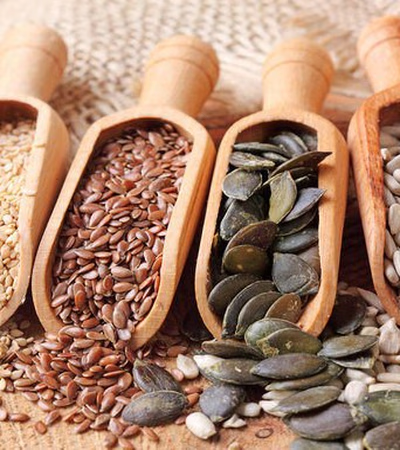 India
Super Seeds, Millet, Spices, Puree, Peats, Dehydrated fruits and vegetables, Pulses, Cereals , Chickpea, Wheat, Mazie
India
Super Seeds, Millet, Spices, Puree, Peats, Dehydrated fruits and vegetables, Pulses, Cereals , Chickpea, Wheat, Mazie
Dear Sir,\nGreetings...\n\nWe are Joint Venture / Merchant Exporter from India. Our company is deals in Agriculture products, dehydrated fruits and ve...Details
-
 Meera Katariya 5 months ago
Meera Katariya 5 months ago India
ruby
India
ruby
natural corundum ruby,weight an extraordinary 837.00 grams(4185 carats),is a rare and significant gemstone. exhibiting a brownish-red this ruby has be...Details
-
 Purushothama J 2 months ago
Purushothama J 2 months ago India
Meteorites
India
Meteorites
I have found very rare black shiny yellow spotted meteorite. If interested in buying please call me on my phone number+91-7975756373Details
-
 Abdul Wahab 5 months ago
Abdul Wahab 5 months ago India
Oud wood, Wooden Furniture, Carved Furniture, Wooden Handicraft Products
India
Oud wood, Wooden Furniture, Carved Furniture, Wooden Handicraft Products
At Woody Planet, we're passionate about helping you create a home that reflects your unique style and personality. Your living space should be a sanct...Details
-
 Medsin 2 months ago
Medsin 2 months ago India
Fruits and Vegetables specially Banana
India
Fruits and Vegetables specially Banana
Medsin is a Exporter of Fresh fruits & Vegetables specially in BananaDetails
-
 Karim Kiora Amorez 2 months ago
Karim Kiora Amorez 2 months ago India
Gem stones
India
Gem stones
I buy and sell gem stonesDetails
-
 Srivishwaa Vyapar 2 months ago
Srivishwaa Vyapar 2 months ago India
Spices, Cashew Nuts and Grains
India
Spices, Cashew Nuts and Grains
To the attention of Import / Purchase Department. We offer a wide range of authentic and flavorful Indian food products that are sure to delight your...Details
-
 Visgo Enterprises 2 months ago
Visgo Enterprises 2 months ago India
Gherkin pickle
India
Gherkin pickle
Gherkin pickle or cucumber pickle all size all grade. Manufacturer and exporter of cucumber pickles from India.Details
-
 Biswajith Kizhakkethara 13 months ago
Biswajith Kizhakkethara 13 months ago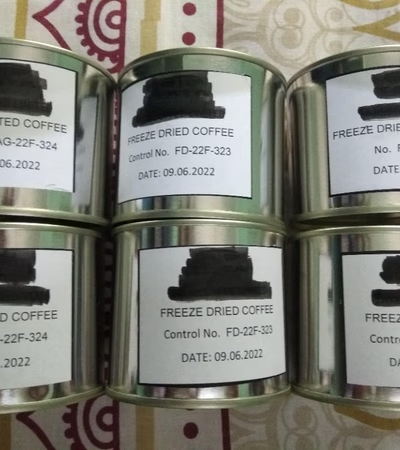 India
Export quality Cashew nuts all grade, Spice, Green Coffee beans from India
India
Export quality Cashew nuts all grade, Spice, Green Coffee beans from India
1. Cashew grades 180, 210, 240. 3202. Green Coffee beans Arabic, Robusta all grades3. Spices- cardamom, pepper, cinnamon, etc.Details
-
 Omega Graphite 2 months ago
Omega Graphite 2 months ago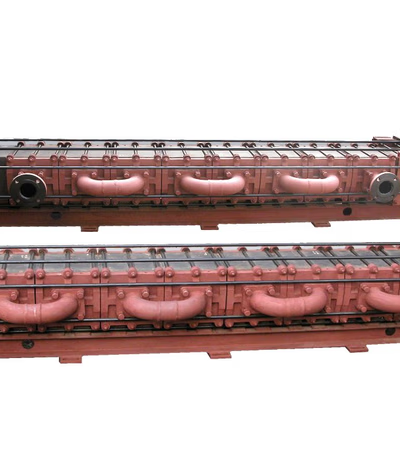 India
Omega Graphite
India
Omega Graphite
Omega Graphite is a leading Manufacturer of Chemical Process Equipments in Impervious Graphite construction. The company offers wide range o Imperviou...Details
-
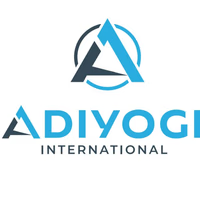 Jigar Patel 2 months ago
Jigar Patel 2 months ago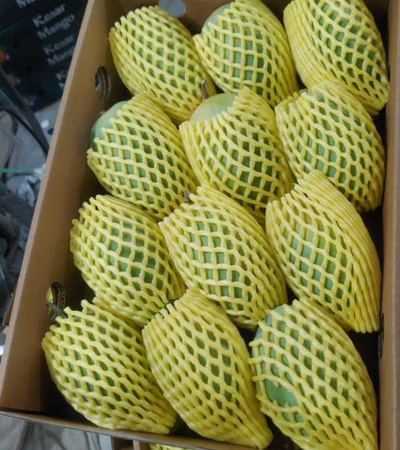 India
fruits and vegetables
India
fruits and vegetables
we are fresh fruits and vegetables exporter from indiaDetails
-
 Hhj 2 months ago
Hhj 2 months ago India
Bitumen
India
Bitumen
Producer and exporter of various types of bitumenDetails
-
 Sandy 9 months ago
Sandy 9 months ago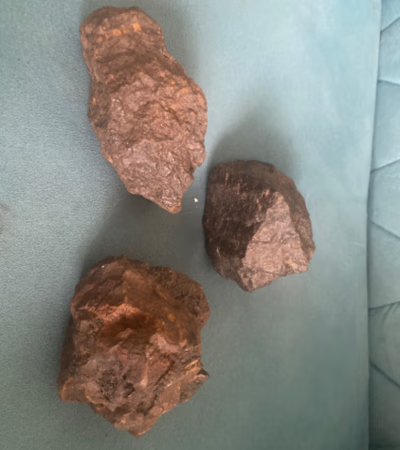 India
Antic Stones With Mixture of many metals
India
Antic Stones With Mixture of many metals
It is a very antique piece of stone which has a blend of various metals like gold, silver, zinc and etc.Details
-
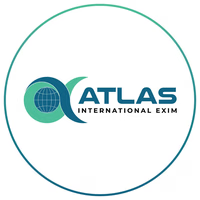 Atlas International Exim 2 months ago
Atlas International Exim 2 months ago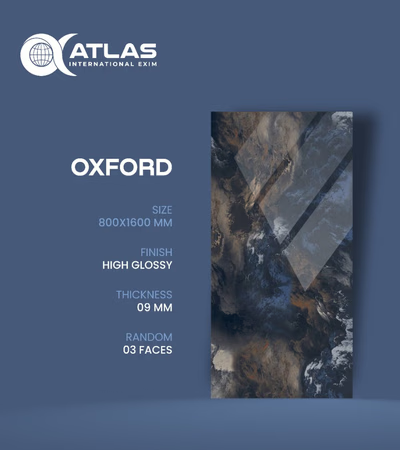 India
TILES & SANITARYWARES
India
TILES & SANITARYWARES
We are manufacturer of all types & size of ceramic and porcelain tiles and exporting the same at all over the world. We provide best quality, best pri...Details
In 2025, India"s economic growth trajectory presents a complex narrative, influenced by both domestic policy shifts and international trade dynamics. India"s GDP is projected at $3. 57 trillion, significantly higher than the global average of approximately $883 billion. However, the composition of India"s GDP reflects unique sectoral shifts. The agriculture sector"s contribution to GDP has been declining, standing at 15. 99% in 2023, well above the global average of 11. 37%. This implies ongoing structural adjustments but also highlights an area for potential investment in technological advancements to boost productivity.
The industrial sector, contributing 25. 03% to India"s GDP, is below the global average of 29. 45%, suggesting untapped potential for industrial expansion. In contrast, India"s service sector is robust at 49. 58%, nearing the global norm of 52. 85%. This positions India as a key player in service exports, aligning with its strength in IT and business process outsourcing. Trade metrics reveal that India"s export of goods and services constituted 21.
85% of its GDP in 2023, trailing behind the global benchmark of 32. 11%. This gap underscores opportunities for Indian exporters, particularly in West Asian markets where demand for Indian services and manufactured goods is on the rise. Notably, the merchandise export value index fell to 95. 2 in 2023 from 114. 7 in 2022, indicating challenges in maintaining export growth. However, the merchandise import volume index rose to 108. 4, compared to the global average of 104.
48, reflecting dynamic import demand that can be leveraged by foreign businesses seeking new market entries. India"s inflation rate of 5. 65% remains below the global average of 8. 59%, offering a relatively stable business environment. Furthermore, India"s gross capital formation at 33. 32% of GDP surpasses the global average of 23. 85%, signaling robust investment activities which are critical for sustaining economic growth. For businesses eyeing trade with India, Aritral.
com offers a streamlined B2B platform that simplifies entering the Indian market. By creating a business profile on Aritral, firms can access AI-driven market insights and connect with verified Indian trade partners, fostering new opportunities in the dynamic economic landscape of India and West Asia. "
























